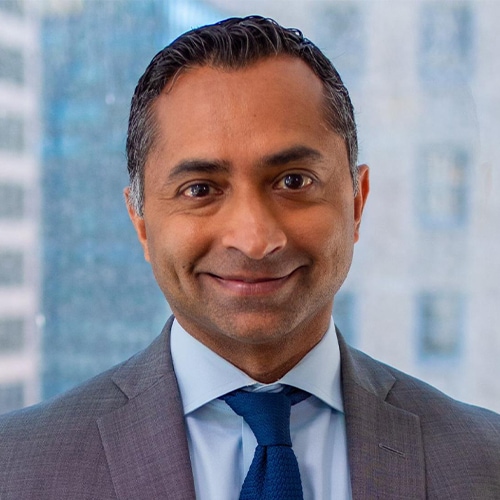{{item.title}}
{{item.text}}

{{item.text}}
{{item.text}}

{{item.text}}
{{item.text}}

{{item.text}}

US Tax Leader, PwC US
Responsible for overseeing the growth of the firm’s profession-leading tax line of service—focused on integrating technology to streamline and enhance the team’s ability to deliver lasting value for clients